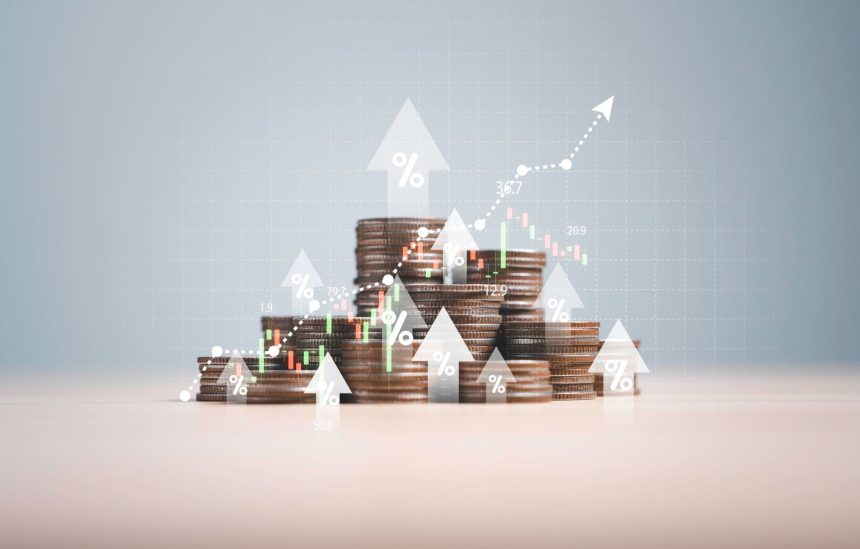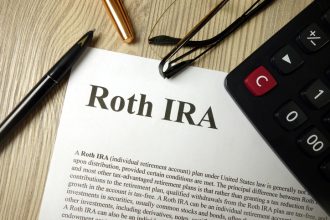In the world of investing, many investors focus primarily on returns. However, a crucial aspect that can significantly impact these returns, and one often overlooked, is the cost of making those investments. These costs, though they may seem minor at first, can compound over time, chipping away at your long-term investment growth. Understanding and strategically managing these costs is essential for every investor, from novices to seasoned market professionals.
Understanding Investment Costs
Investment costs come in various forms. Brokerage fees, the charges for buying and selling securities, can accumulate rapidly for active traders. Expense ratios, a percentage of your investment in mutual funds or exchange-traded funds (ETFs), eat directly into your returns. The bid-ask spread, the difference between the buying and selling price of a security, and taxes on capital gains also contribute to your overall investment costs.
The cumulative effect of these expenses can be substantial, making it imperative for investors to understand and mitigate them whenever practical and possible. Although fees are a part of doing business in the investment world, here is some good news. According to a recent Morningstar study, the average expense ratio for open-ended mutual funds and ETFs has declined significantly from 0.91% in 2002 to 0.37% in 2022.
Choosing Cost-Effective Investment Vehicles
As with real estate, location also matters when it comes to controlling the cost of investing. The choice of investment vehicles significantly influences your total investment costs. For example, low-cost index funds and ETFs typically have lower expense ratios compared to actively managed funds. Studies by the U.S. Securities and Exchange Commission (SEC) and Morningstar have consistently shown how fees erode investment performance and how low-cost funds tend to outperform their high-cost counterparts over the long term, primarily due to the lower fees eating into less of the returns. The potential impact of fees on long-term investment performance can be significant.
It Pays to be Tax Efficient
Tax efficiency is another crucial factor in minimizing investment costs. Utilizing accounts like Roth IRAs, traditional IRAs, and 401(k)s can provide tax advantages either now or in the future. Tax-loss harvesting or selling securities in a regular investment account at a loss to offset capital gains tax liabilities, can also play a key role in reducing your taxable income in accordance with IRS rules.
The location of investment assets, once again, is important with respect to tax efficiency. Investments that are inherently less tax-efficient, such as high-yield bonds or actively managed mutual funds with high turnover ratios, should ideally be prioritized in tax-deferred accounts like traditional IRAs or 401(k)s, or tax-free accounts like Roth IRAs. Here, the tax impact of higher distributions or frequent trading can be reduced. For taxable accounts, investments that generate lower tax liabilities such as index funds, ETFs, or municipal bonds, are best. These assets typically produce lower dividend income or capital gains distributions, thereby minimizing the annual tax burden.
Make Smart Brokerage Choices
The choice of investment firm or brokerage can significantly affect transaction costs. While traditional brokers offer personalized services, online and discount brokers provide lower-cost alternatives, often with the added benefit of commission-free trades. The rise of commission-free trading platforms, along with robo-advisors, has revolutionized the brokerage landscape, making investing more accessible and cost-effective for the average investor.
Harness the Power of Automated Rebalancing
Automated rebalancing is a strategy that helps maintain your desired asset allocation, thereby reducing the cost of an advisor to do it for you and potentially improving portfolio performance. Robo-advisors use algorithms to automatically rebalance portfolios, offering a cost-effective solution for investors seeking to maintain their investment strategy with minimal effort. Another choice is the use of target date funds, which are mutual funds or ETFs structured to grow assets over a specified period of time, aiming towards a target retirement year. The fund’s mix of assets (stocks, bonds, cash equivalents) is initially allocated more towards higher-risk, higher-reward investments like stocks. As the target year approaches, the fund gradually shifts its asset allocation towards more conservative investments like bonds and cash equivalents.
Conclusion
Without a doubt, managing investment costs is as crucial as selecting the right mix of assets. By understanding different types of costs, choosing cost-effective investment vehicles, being tax-efficient, making smart brokerage choices, and utilizing automated tools like robo-advisors, investors can significantly enhance their long-term financial outcomes. As with all aspects of investing, knowledge is power. Staying informed and proactive in managing costs can help pave the way for a more profitable investment journey.
Read the full article here
















